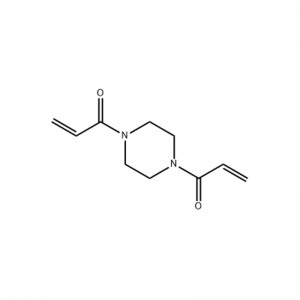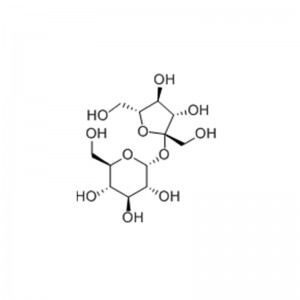
Products
2-Phenylacetophenone
Product Info
CAS NO: 451-40-1
Purity: ≥99%
Formula: C14H12O
Formula Wt: 196.24
Synonym: 1,2-Diphenylethan-1-one; Benzylphenylketone, Deoxybenzoin; Phenylmethylphenylketone; Deoxybenzoin98%; ValdecoxibDeoChemicalbookxyBenzoin(BenzylPhenylKetone); ValdecoxibDeoxyBenzoin(BenzylPhenylKetoneOr; Deoxybenzoin,97%; DIPHENYLETHYLKETONE
Melting Point: 54-55°C
Boiling Point: 320°C
Flash Point: >230°F
Solubility: methanol: 0.1g/mL, clear
Appearance: Crystalline Powder
Shipping and Storage
Store Temp: 2-8°C
Chemical Properties Slightly yellow flaky crystals. Melting point 53-60℃. Soluble in alcohol, ketone, ether, slightly soluble in hot water. Boiling point 320℃. Use Intermediate of triphenylamine. Production MethodPhenylacetic acid is reacted with phosphorus trichloride to make phenylacetyl chloride, and then reacted with benzene in the presence of anhydrous aluminum trichloride. The reaction product is evaporated out of excess benzene under reduced pressure, continue to distill under reduced pressure and collect the fraction at 160℃ (0.67kPa), which is diphenylacetophenone. Diphenylacetophenone is flammable and toxic, avoid contact with skin and eyes, avoid inhalation of dust, lack of specific toxicity data, its toxicity can be referred to acetophenone
Toxicity and environmental impact: diphenylacetophenone is a toxic chemical, to avoid contact with skin and eyes, to avoid inhalation of dust. Mice intravenous LD50: 320 mg/kg, no specific toxicity data except for lethal dose, its toxicity can be referred to acetophenone.
Package, storage and transportation: Packed in 20kg or 50kg cardboard drums lined with plastic film and stored in a cool, dry, well-ventilated place, away from incompatible substances such as strong oxidizers. Transport according to combustible toxic chemicals.








